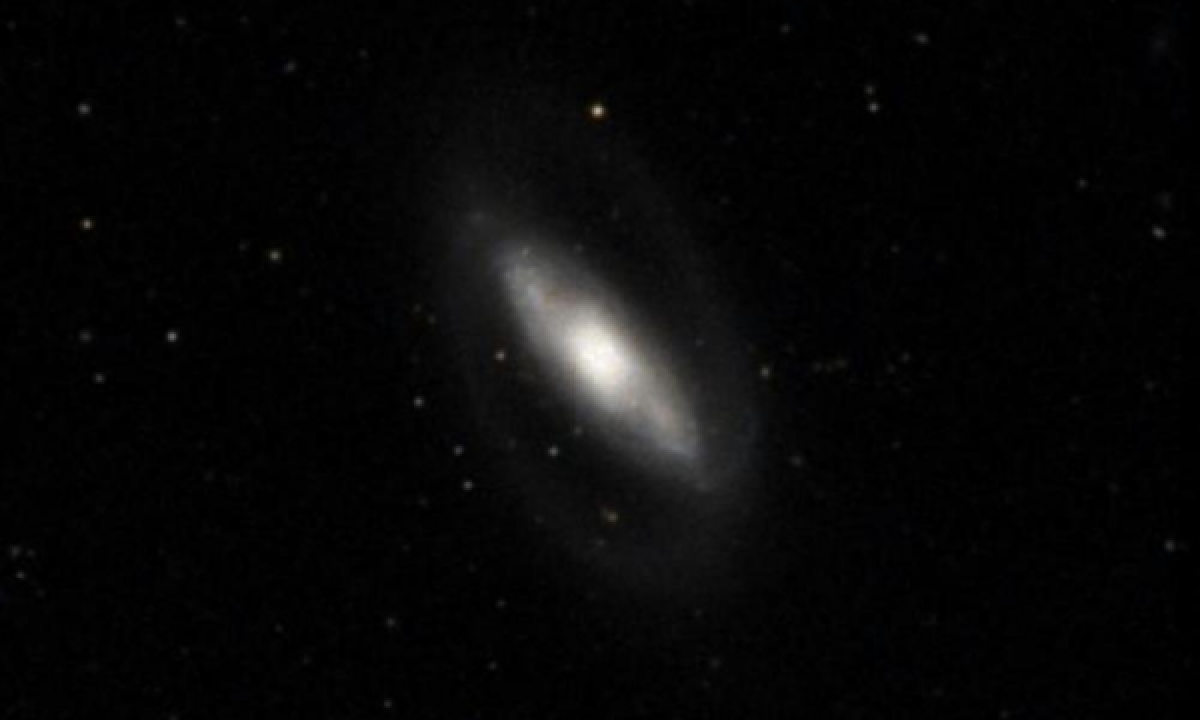The New General Catalogue of Nebulae and Clusters of Stars (abbreviated as NGC) is a catalogue of deep-sky objects compiled by John Louis Emil Dreyer in 1888. The NGC contains 7,840 objects, known as the NGC objects. It is one of the largest comprehensive catalogues, as it includes all types of deep space objects, including galaxies, star clusters, emission nebulae and absorption nebulae.
Know more about NGC
NGC 5377

NGC 5377 is an intermediate barred spiral galaxy located in the constellation Canes Venatici. Its speed relative to the cosmic microwave background is 1,951 ± 11 km/s, which corresponds to a Hubble distance of 28.8 ± 2.0 Mpc (~93.9 million ly). NGC 5377 was discovered by German-British astronomer William Herschel in 1787. NGC 5377 was used by Gérard de Vaucouleurs as a morphological type galaxy SAb in his galaxy atlas. The luminosity class of NGC 5377 is I and it has a broad HI line. NGC 5377 also has an active galactic nucleus which has been identified as a type 2 LINER. To date, 17 non-redshift measurements yield a distance of 25.918 ± 5.770 Mpc (~84.5 million ly), which is within the Hubble distance range. Note, however, that it is with the average value of independent measurements, when they exist, that the NASA/IPAC database calculates the diameter of a galaxy and that consequently the diameter of NGC 5377 could be approximately 37.7 kpc (~123,000 ly) if Hubble distance is used to calculate it.
More Images:

Sources:
Wikipedia Page: NGC 5377
NGC 5377 at In-The-Sky website
